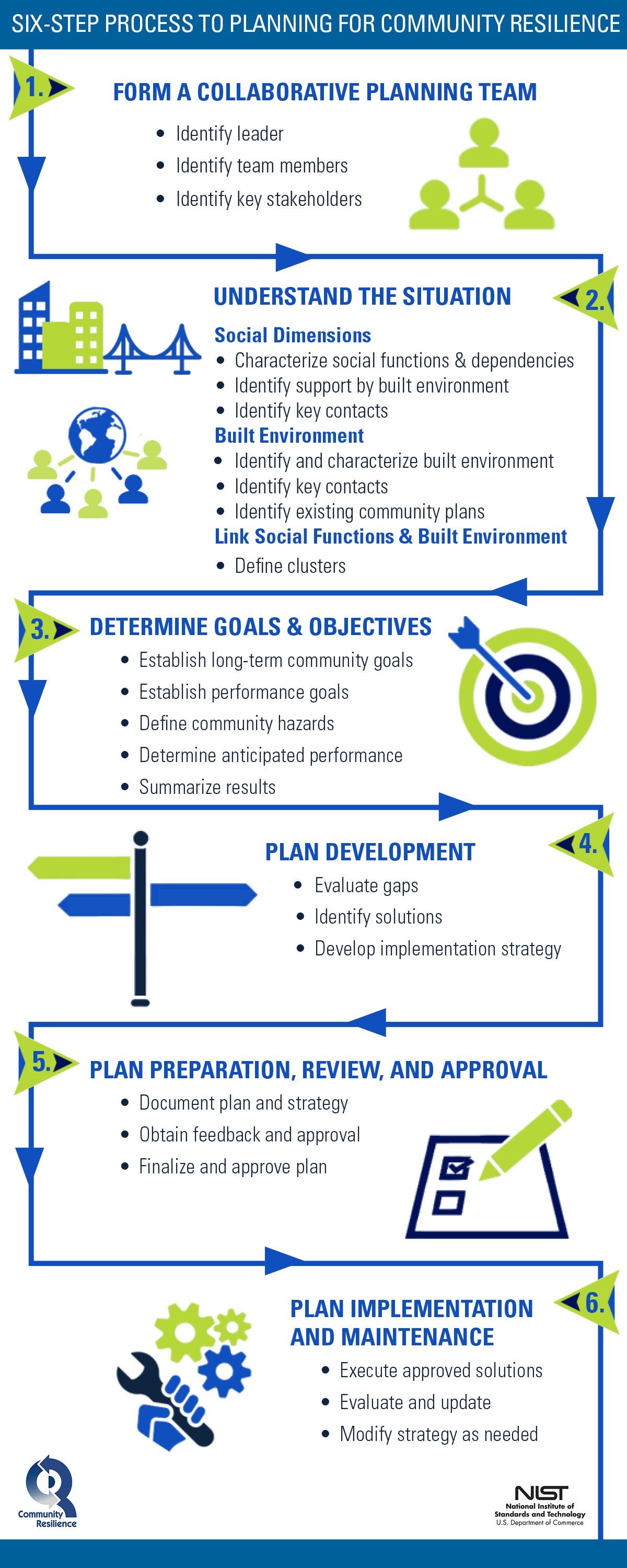
Just as the saying goes, “All disasters are local,” pursuing community resilience starts with those unique and fundamental aspects of place, population, local culture, concerns, and raison d’etre. Communities need to support the inspiration of grassroots resilience champions to leverage state and federal policies and programs that can bring broad national initiatives into local decision making.
Like so many communities around the country, Clackamas County and other local jurisdictions in Oregon are expanding how they address natural, human-caused and technological disasters to include resilience goals. In Oregon, we are especially concerned with the prospect of an M9 earthquake and tsunami from the Cascadia Subduction Zone. This worst-case scenario event provides the needed common ground for systems-based approaches to state-wide transportation planning, along with regional sectors like energy and water/waste water.
My experience with these issues at the local and state level led me to get involved with community resilience efforts at the National Institute of Standards and Technology (NIST), a non-regulatory federal agency with a long history of work on research and standards aimed at helping to improve the design, construction, and performance of buildings and other structures. As a NIST Community Resilience Fellow, my employment as a county emergency manager, along with my appointment as chair of the Oregon Seismic Commission, helps me to bring a cross-pollination of local, state, and national perspectives into the development and implementation of policies and practice.
I know that the challenges are many and real, but I also know that there is much that we, as community leaders, can and should do to strengthen our resilience. Resilience can pay dividends for communities by reducing the impact and cost of disasters, speeding recovery, and improving the attractiveness of a community to its residents and businesses alike. Incremental investments towards long-term resilience may have direct and indirect shorter-term benefits – like improved efficiencies from designing structures to newer standards and building with improved materials – while also improving future disaster response and recovery.
Working closely with community officials, other federal agencies, and technical experts across the country, NIST has developed a Planning Guide for Buildings and Physical Infrastructure Systems that I recommend to every local official concerned about their community’s resilience in dealing with hazard events. The guide is a practical, flexible tool designed to enable communities of any size to improve their resilience by setting their own goals, priorities and allocating resources to manage risks for their prevailing hazards.
It helps communities think through and plan for their social and economic needs, their particular hazard risks, and recovery of services and functions that rely on the built environment. That includes vital services that rely on infrastructure for transportation, energy, water and wastewater, and communications. The guide’s six steps align with national preparedness strategies:
- Form a collaborative team
- Understand the situation
- Determine goals and objectives
- Plan development
- Plan preparation, review, and approval
- Plan implementation and maintenance.
Communities across the country are beginning to use the guide. In Colorado, Fort Collins, working closely with Larimer County, is among those in the lead as an early adopter. Guided in part by the NIST Guide, Fort Collins is making a commitment to "deal with prospects of future weather- and climate-related challenges that put our community at greater risk," according to Mayor Pro Tem Gerry Horak. After experiencing floods, fires, and prolonged heat, Horak says, “Clearly, we needed to do something to deal with prospects of future weather- and climate-related challenges that put our community at greater risk.” Horak notes, “We don’t expect overnight miracles, and our resources are limited. We know that resilience takes place over time. Fortunately, hazards are not an everyday occurrence, and actions to improve resilience can offer immediate dividends beyond resiliency. That’s why we are planning now and moving forward in ways that reflect our community’s priorities. The NIST Guide is a very helpful tool for doing just that.” (Editor's Note: Jeff Mihelich, deputy city manager of Fort Collins, will be speaking on the Fort Collins plan in "Introducing Innovation to the Organization on Monday, September 26 from 2:30 - 3:40 pm.)
Other municipalities, counties and states are in various stages of using the guide to update or improve their comprehensive plans for resilience. That includes Boulder County, Colorado, a relatively rural county in southern Colorado, an east coast state transportation department, and others. Taking inspiration from Boulder, at a recent meeting of Clackamas County managers from Transportation, Sustainability, and Emergency Management offices we learned that adding resilience-based language into the contracting criteria is one way to elevate the standards of future capital improvements.
The NIST Guide is a great tool that should be considered by communities of any size, at any stage of resilience planning. At a minimum, it will help to get stakeholders on the same page to recognize the important interconnections among buildings, physical infrastructure systems, and social and economic goals – and how they can be strengthened to deal with potential disasters ahead that could threaten lives, livelihoods, and quality of life.
New, Reduced Membership Dues
A new, reduced dues rate is available for CAOs/ACAOs, along with additional discounts for those in smaller communities, has been implemented. Learn more and be sure to join or renew today!
